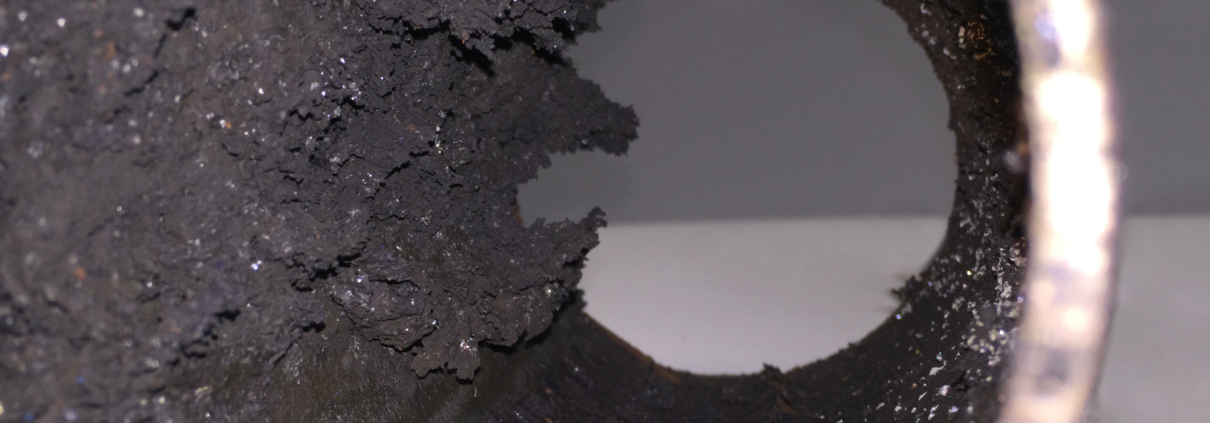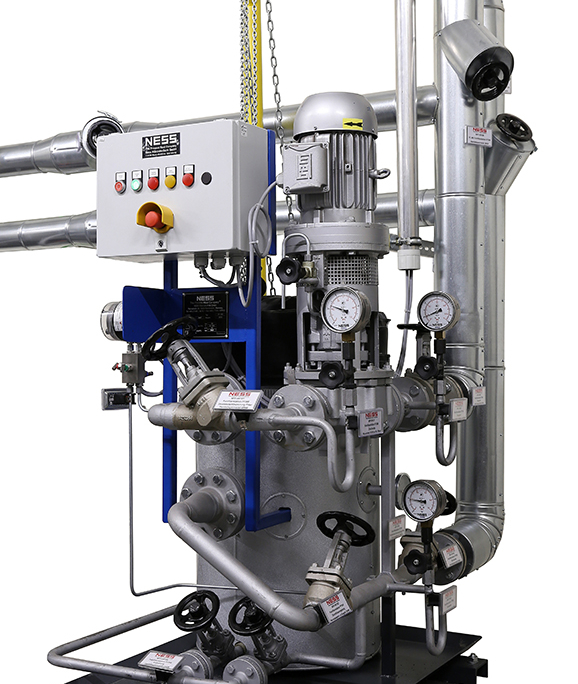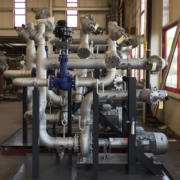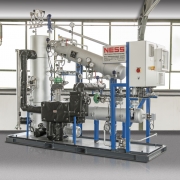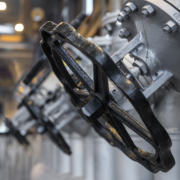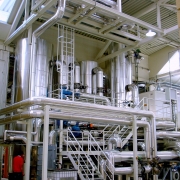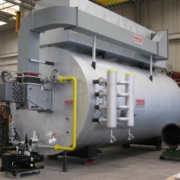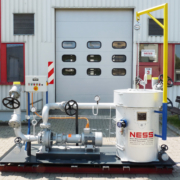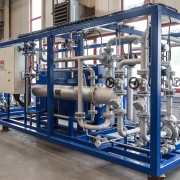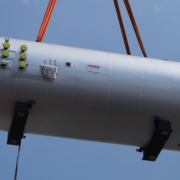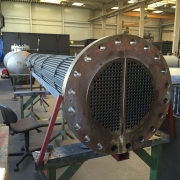Contamination in thermal oil systems – Impurities affect the heat transfer and damage plant components
In our last article ‘Light-ends in thermal oil systems – A lower flashpoint as a gradual, often underestimated danger’, we discussed the influence and risks arising from light-ends in thermal oil systems. In the same way, dirt, abrasion and oxidation products can also have a negative effect on the heat transfer oil system. In this article you will learn how to protect your system and keep its performance high. The degree of contamination of the oil is determined in the annually prescribed oil inspection. Of particular interest here are coke residues, as these can form deposits (Conradson value).
During the operation of the thermal oil system, oxidation products are formed from 80 °C and reaction products from 250 °C. Also, without a microscope, some of these particles can be clearly seen as oil carbon or coke. A large portion of the particles in the thermal oil is, however, too small for standard strainers in front of pumps and control valves. This can lead to serious problems over time.
In the long run, this unimpressive contamination leads to deposits on the inner walls of the pipes, which worsen the heat transfer massively and reduce the flow of the system. In the worst case, defects in heaters, consumers, pumps, seals and valves can result in costly repairs and, if necessary, system downtime.
“The most conventional method is probably the partial replacement of the thermal oil used, whereby it is exchanged for fresh oil”, says Dietmar Ness, one of the Managing Directors of NESS Wärmetechnik GmbH. “This is however only a short-term solution and, in no case, does it replace an active filtering. Many of the particles also continue to remain in the system with this method, since only part of the contamination is removed”.
Filtering the oil during operation ensures that these particles are removed shortly after they have been generated. This keeps their content permanently low and deposits are prevented in the best possible way.
“Why can standard strainers not do that? Very simple: a standard strainer has a mesh width of 1000-1600 μm. With this, the very coarse impurities or foreign objects can be filtered out. With the NESS Fine Filter Station, we are talking about mesh widths down to 15 μm, which is only one-hundredth of the usual value,” Dietmar Ness explains.
As with all the NESSessities, the NESS Fine Filter Station was modularly designed and can be operated in the bypass flow of the plant. Plants with oil volumes up to 200,000 liters can be, depending on the initial quality of the thermal oil, constantly cleaned. The oil is filtered in the stations by the filter baskets, whereby the mesh width is adjusted according to the degree of contamination. The initial filtration usually uses 200 μm, whilst finally in normal operation a double filter 90 μm / 15 μm is used.
“The filter baskets are built so that they can be cleaned and subsequently reused. Therefore, it is recommended to always have one or two filter baskets in stock, so that, for example, a new one can be installed whilst the other is being cleaned, in order to avoid downtime. Furthermore, it is possible to add a magnetic rod to the filter basket, which additionally filters iron particles from the thermal oil system,” Dietmar Ness adds. “We would like to support our customers in analysing the oil accordingly and provide recommendations for action. The most important thing is that plants are not damaged in the long term by such supposedly harmless things and that service and maintenance costs do not skyrocket unnecessarily. Anyone who has decided to operate a thermal oil system has done so for a good reason. In most cases, this is primarily associated with long-term investments and a sustainable business orientation. Therefore, we would like to provide our customers with planning security and constantly work on new solutions.”

